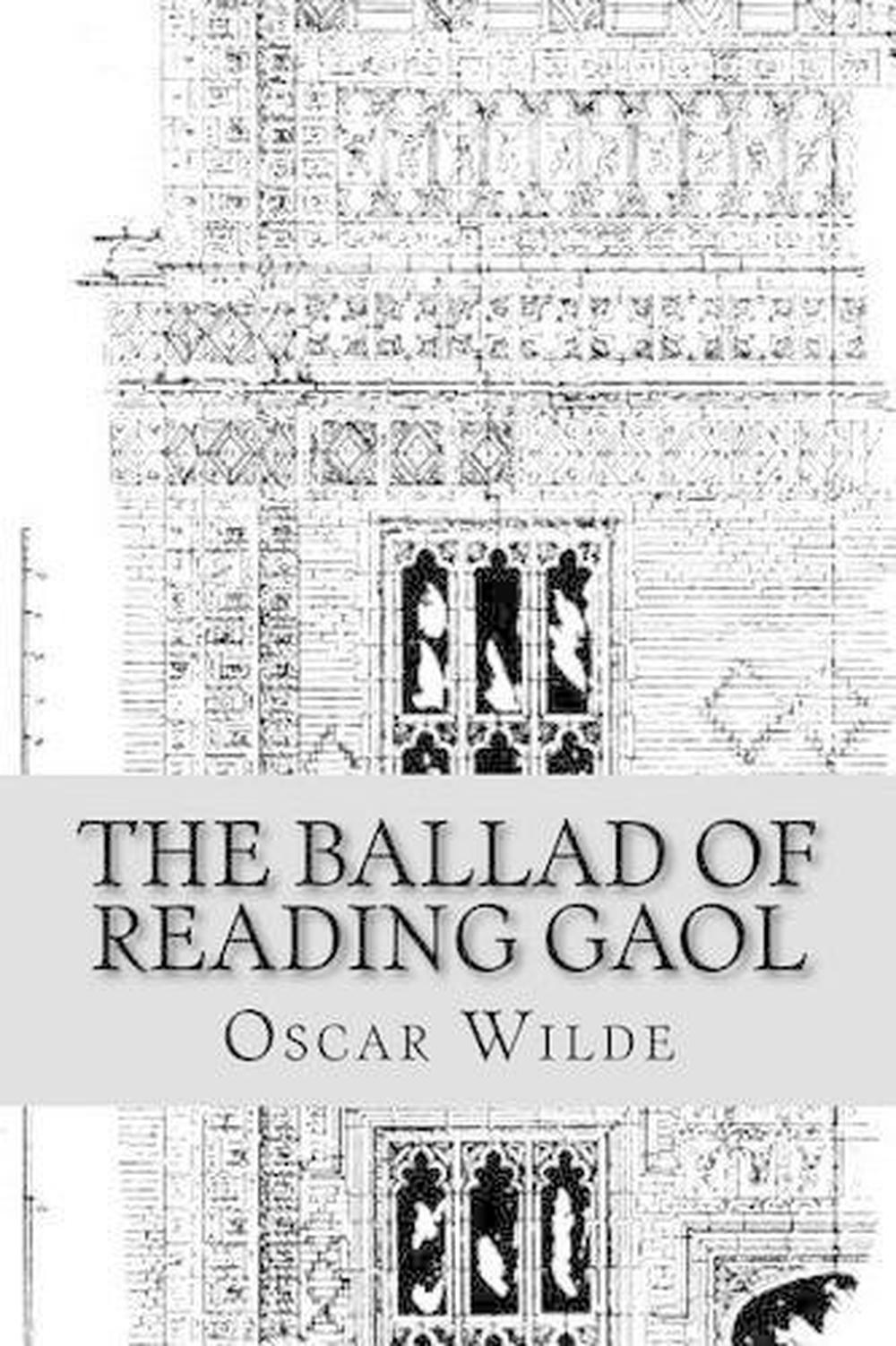


This is an outcome of his frustration at the hypocrisy of the sentencing. The speaker points out every different possible way in which men have killed the thing they loved. This incident compels the speaker to split the attention from the point of the events that are actually happening in the world of his own self-analysis, to if the inmate’s crime was really a that great crime. Soon, the poet learns about the fact that the inmate has been sentenced to death.

Later on, the poet describes the psychological condition of the prisoner. It is completely clear by now that the crime has been done with consent. These incidents are placed close together for contrasting by the poet with his repenting attitude towards the crime he committed. In the second part, the poet describes the hardships the inmate is facing. This might have compelled him to do something he wouldn’t have committed or even think of it if he were in his senses. The “blood” obviously symbolizes the blood of his wife, but the “wine” symbolizes that he is intoxicated during the time of committing the crime. It talks about the inmate who has killed his wife, the thing he loved, and how his hand are contaminated with “blood and wine”. Later in this stanza, the complete murder scene is portrayed. It is only because the speaker wishes to humanize the act of the prisoner. Interestingly the poem repeatedly emphasizes the fact that the inmate has murdered “the thing he loved”. Peter Hay's powerful images are retained in this new edition which contains an Afterword by Peter Stoneley, drawing on unpublished material in the prison archives.The ballad starts with describing the “blood and wine” incident which symbolizes murder by the inmate of Oscar Wilde. Read more famous in the English language. The Ballad of Reading Gaol was a success from its first publication, and to this day some of its lines are among the most. In May of 1895 Oscar Wilde, the century's most dazzling man of letters, was sentenced to two years with hard labour for 'acts of gross indecency with another male person.' On his release he moved to France, where he wrote The Ballad of Reading Gaol: an indictment of the prison system and the death penalty, an anguished plea for prison reform, and a passionate expression of sympathy for his fellow prisoners, those 'souls in pain'.

Num Pages: 72 pages, 54 b&w illustrations. Oscar Wilde's most famous poem, with illustrations and an afterward with background information. Description for The Ballad of Reading Gaol Paperback.


 0 kommentar(er)
0 kommentar(er)
